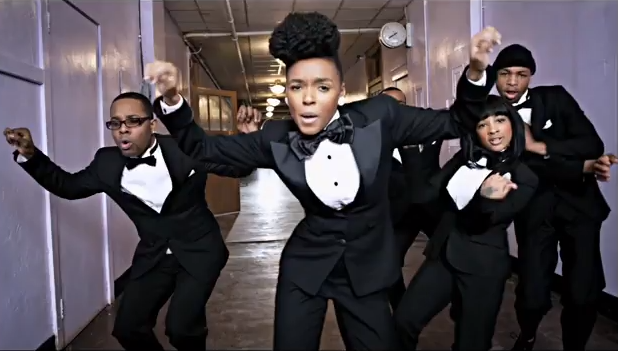Every year, there are colourful parades in Ottawa. Two of the most interesting include provocative
posters and men apparently dressed in women’s clothing: the National March for
Life and the Capital Pride Parade.
I have attended a National March for Life rally as a
spectator. There were religious people
participating and hundreds of children, some from local schools whom I
recognized by their school uniforms.
This rally took place during a school day and students would have taken
time off school to attend the rally.
A good number of the participants, including some of the
children, were carrying gruesome posters of the dismemberment of women and what
appeared to be full-term infants. Just
to make sure the message wasn’t lost, the words “Baby Killers” were scrawled
across many of the posters.
It’s interesting to note how readily society accepts violent
images even when directed toward children.
The results from a national survey in the United States indicate that
60% of children are exposed to direct or indirect acts of violence including
bullying and domestic violence. The
results of an American Psychiatric Association study are also interesting: The
typical American child watches 28 hours of television a week, and by the age of
18 will have seen 16,000 simulated murders and 200,000 acts of violence. There's no reason to think that the numbers in Canada are much different.
Except perhaps for parent-child co-sleeping, studies indicate that exposure to nudity has little effect on children. On the other hand, studies on violence
and bullying directed toward children show an increase in the rate of youth suicide. Ottawa’s Jamie Hubley is a tragic example but there are many similar stories we hear about everyday.
Let’s take a look at the Capital Pride Parade. The Ottawa and Toronto pride parades take place during the summer when school is out and children are under parental supervision. The school board in Ottawa makes no effort to encourage children to attend but we do have a float in the parade, a school bus covered in welcoming messages and colourful balloons. I have participated in the pride parade here in Ottawa and while I noticed some nudity toward the end of the parade, I did not see any violent images.
As a trustee who supports our school board’s participation
in the parade, my rationale springs from a desire for our schools to be
welcoming to all children, regardless of race, religion, ethnicity or sexual
orientation. Our school board and many
of our teachers individually support Gay-Straight Alliances to offer safe havens within our schools for gay, lesbian, bisexual, transgender and questioning students. A recent study out of UBC indicates that GSAs reduce suicide risk for all students, gay and straight.
The persecution of gay people has been ongoing for centuries
and the practice cannot be laid at the door of modern culture or pedagogy. While many stereotypical slurs have decreased
or fallen by the wayside, the phrase “that’s so gay” is still commonly used
among young people as an expression of derision. Bullying and the assault of gay youth are
still common both in and out of school and the cultures of most high schools,
Catholic and public, are not kind toward gay students.
With all this in mind, let’s discuss the effects of violence on young people and not become distracted by a red herring. For children, bums are bums and water pistols are just water pistols even at a pride parade. The effects of violence, on the other hand, can last a lifetime or even more tragically, can cut a lifetime far too short. For the sake of our children, let’s start having an adult conversation about the very real effects of violence on youth.
The views expressed in this post are personal opinions only.



